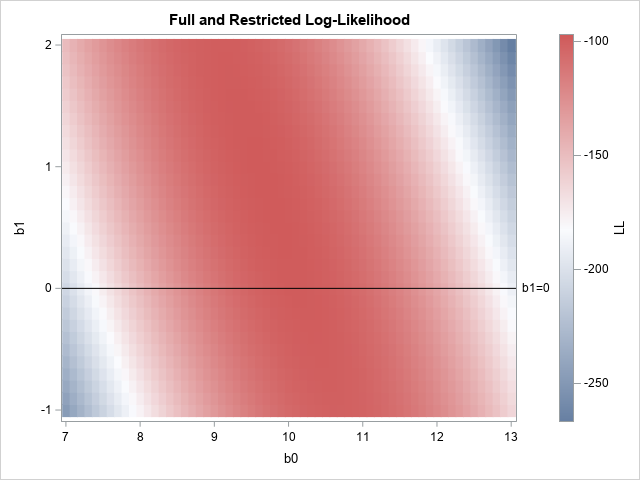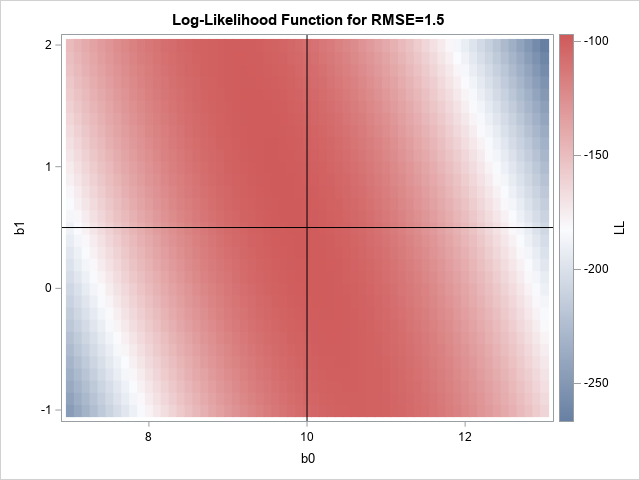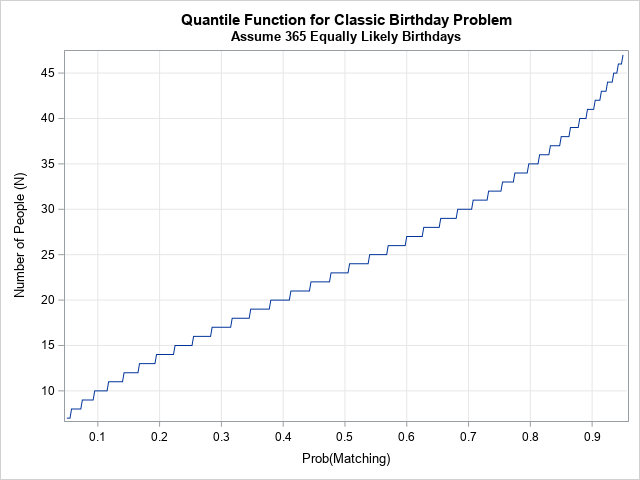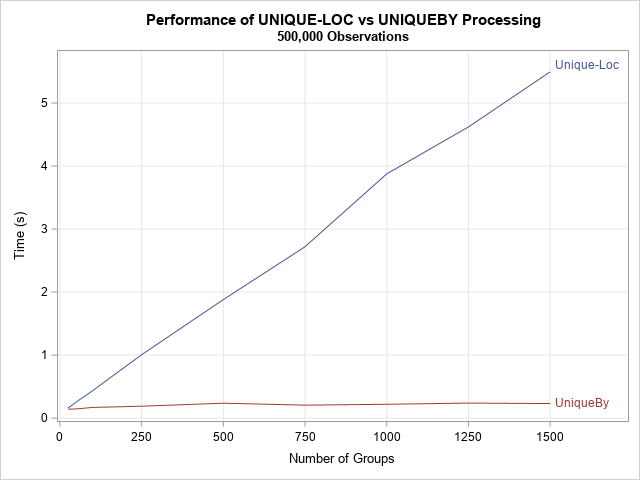
Since the pandemic began in 2020, the SAS IML developers have added about 50 new functions and enhancements to the SAS IML language in SAS Viya. Among these functions are new modern methods for optimization that have a simplified syntax as compared to the older 'NLP' functions that are available



























